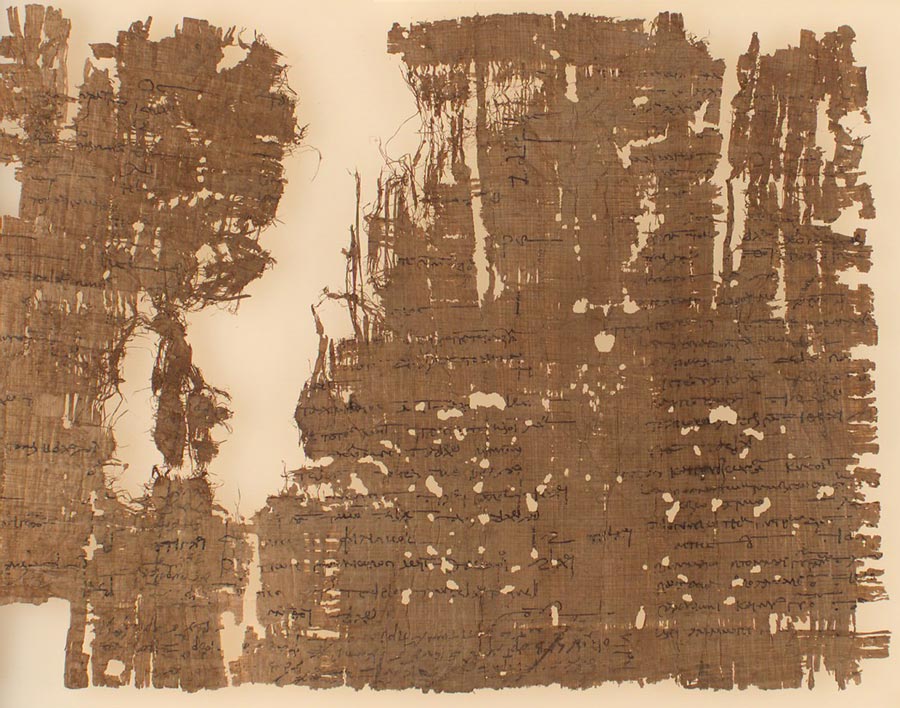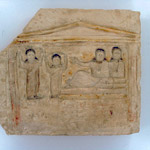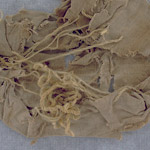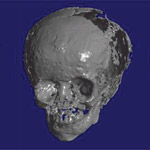Introduction

WHAT WAS CHILDHOOD LIKE IN THE ANCIENT WORLD? Everyone was a child once, but experiences of childhood differ widely across time and culture. This exhibition looks at material from Egypt under Roman rule and tries to show what childhood was like in that place and time. Thanks to the University of Michigan’s rich holdings in material from Roman Egypt, we can see what children looked like, how they learned and played, and what the expectations and concerns about their lives were in a North African culture nearly 2,000 years ago.
THE EVIDENCE FOR CHILDHOOD IN ROMAN EGYPT comes in many forms. We have the objects that people made and used. For items found in a controlled archaeological project (like the Karanis excavation) we also have the important evidence of context (where an object was found) and association (what it was found with). In some cases, the remains of ancient people themselves can speak to the physical conditions in which they lived. And finally we have ancient texts, which often help fill in the details of people’s lives and in some cases reveal their thoughts and feelings. Together, these different kinds of sources shed light on the lives of children in Roman Egypt.
ANCIENT TEXTS TELL ABOUT CHILDHOOD IN ROMAN EGYPT in many ways. Written documents on papyrus and other media record basic statistics of children’s lives in birth certificates, census returns, and death notices, while letters often give more personal details. But the nature of these records means they tend to provide mostly “bad news” about children, documenting the harsher realities of their lives. It is up to the reader to imagine the pleasures and triumphs of childhood, which tend not to be documented. We must also remember that these texts are mostly written by adults about children, so they do not necessarily reflect the children’s point of view.
Document written on papyrus

COSTS OF RAISING A CHILD: ACCOUNT OF A DAY’S HOUSEHOLD EXPENSES
30th of the month:
- Bread, 6 obols (= $1.50)
- Beans, 1 obol (= 25¢)
- Things for the child, 1 drachma, 1 obol (= $2.00)
- Lawyer's fees, 44 drachmas (= $77.00)
- A sponge, 1 drachma, 5 obols (= $3.00)
- Pomegranate wine, 1 drachma, 6 obols (= $3.25)
- Wine, 18 drachmas (= $31.50)
- Sausages, 2 drachmas, 2 obols (= $4.00)
- Pickled fish, 4 obols (= $1.00)
- Lupines, 1 obol (= 25¢)
- Admission to public bath house, 1/2 obol (= 12¢)
[TOTAL FOR DAY 70 drachmas, 5 1/2 obols (= $123.87)]. NOTE: dollar equivalents are pure guesswork, for comparison only!








